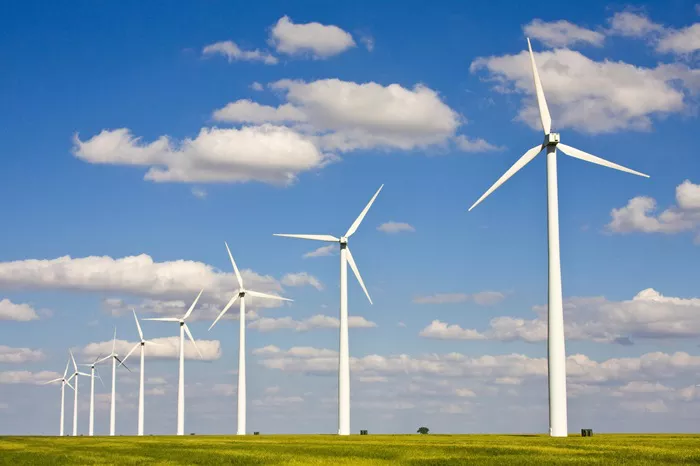In a striking development, wind power generation in the United States has sunk to a 33-month low, compelling a significant increase in natural gas usage to meet power demands during a particularly hot summer day.
On July 22, wind farms in the Lower 48 states generated approximately 335,753 megawatt-hours (MWh) of electricity, marking the lowest output since October 4, 2021, as reported by the U.S. Energy Information Administration (EIA). This decline underscores a persistent challenge in renewable energy: when wind and solar resources are insufficient, natural gas remains the dominant alternative to ensure a stable power supply.
The reliance on gas-fired plants has intensified as they have become the primary fallback when renewable sources falter. This shift has been crucial for maintaining power reliability, especially with increasing electricity demands driven by expanding data centers and growing consumer use of electric vehicles and heating systems. Notably, the February 2021 blackout in Texas, which left millions without power, highlighted the critical need for dependable energy sources.
This week, wind power is expected to contribute only about 4% to the national power generation, a sharp drop from 7% last week, 12% earlier in 2024, and 10% in 2023. In contrast, gas-fired plants are now producing an average of 48% of the power, up from 46% last week, 40% in 2024 to date, and 41% in 2023.
The summer months often see a decrease in wind power, but this July has been particularly challenging. Six of the year’s ten lowest wind power days have occurred this month, compared to just two in July 2023.
Despite wind power’s contribution of approximately 11% to the nation’s energy mix in both 2023 and projections for 2024 and 2025, its production has decreased from a record high of 434.0 billion kilowatt-hours (kWh) in 2022 to 425.0 billion kWh in 2023. This decline, the first since 1998, is notable given the substantial growth in wind capacity, which has expanded by about 53.3 gigawatts (GW) over the past five years, bringing the total to around 147.6 GW by the end of 2023.
This increased capacity, equivalent to enough power for about one million U.S. homes, has not yet translated into higher output, highlighting ongoing challenges in maximizing the efficiency of wind energy. The EIA projects a rebound to 447.5 billion kWh in 2024, yet the current dip raises questions about the resilience and reliability of wind power amidst growing energy demands.
Related topics:
- Caterpillar C27: The Comprehensive Review
- 3 Best Kohler Whole Home Generator In 2024
- TOP 3 Generac Whole Home Generator In 2024

